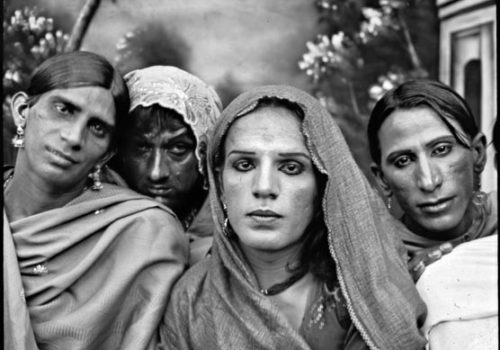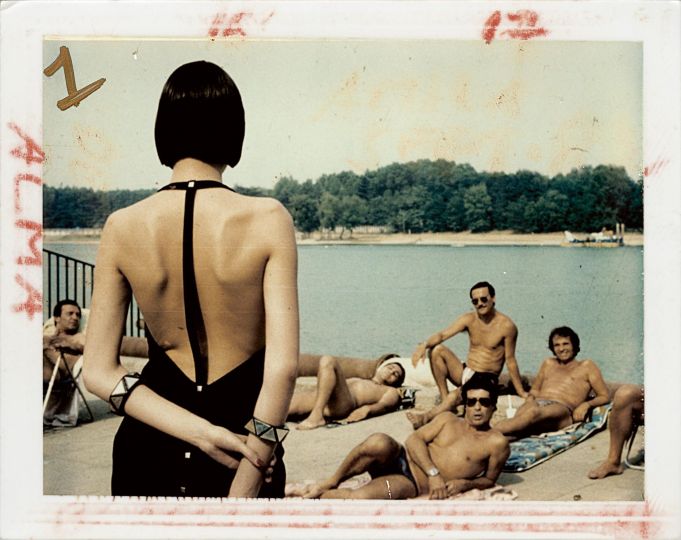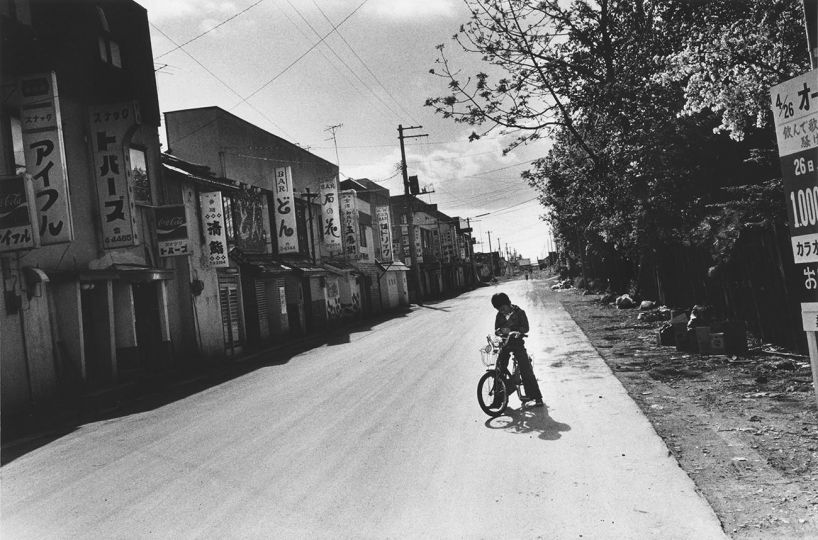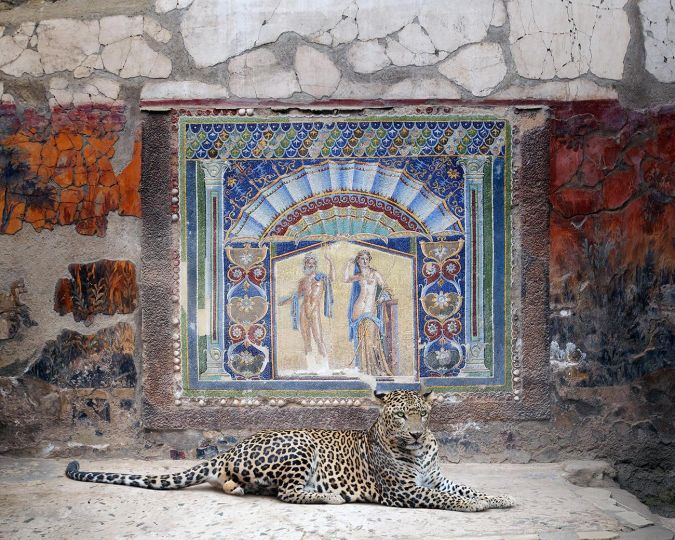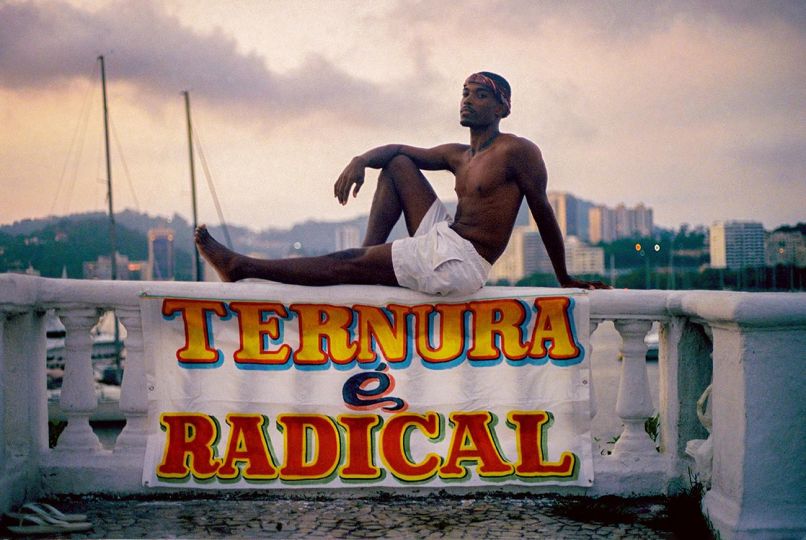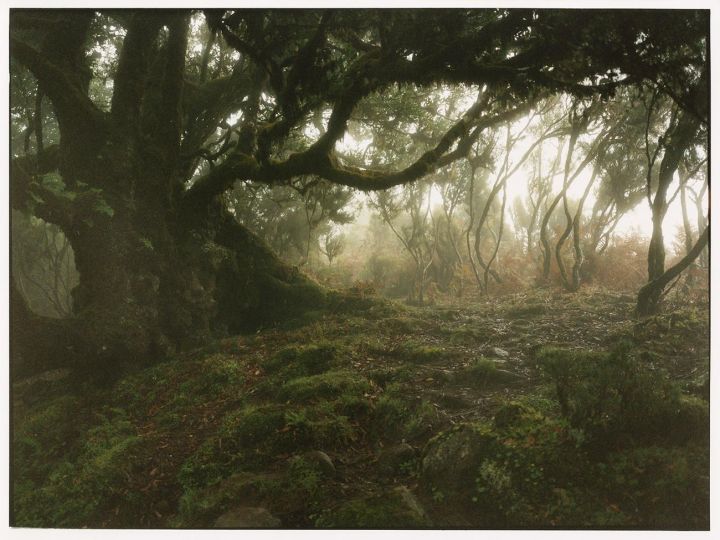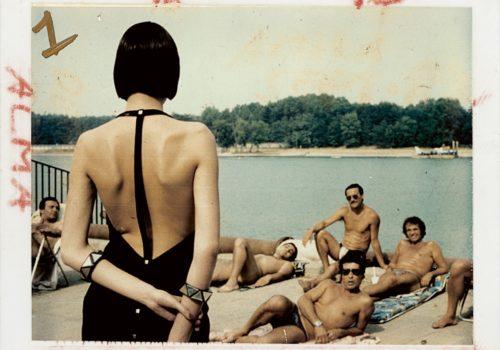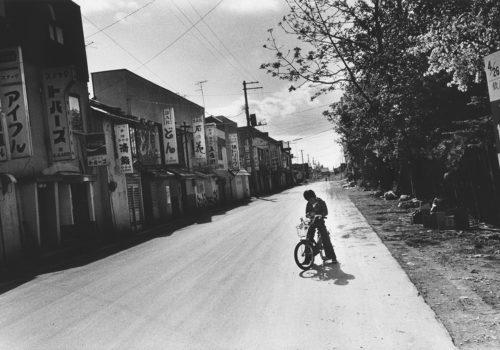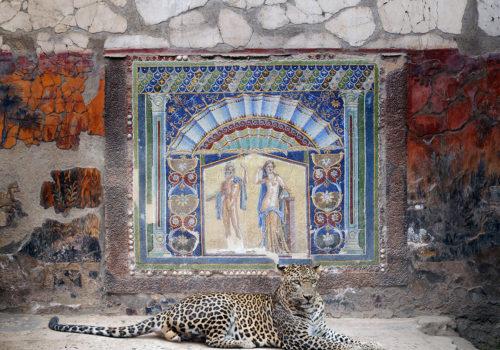Scattered around the poorer districts of the city of Lahore, are small groups of “hijra”. They are cultural descendants of the Mughal Empire court eunuchs, who now earn their living performing ceremonies, or as beggars, dancers, and sometimes as prostitutes. They maintain their traditions and culture while the community around them respects their rights within certain restrictive boundaries. The community is a mixture of transexuals and transvestites, some having undergone crude sex change operations.
The portraits are a selection from over three hundred taken in a daylight studio in Lahore, Pakistan, in the spring and summer of 2009. The backdrops are copies of those used in the “Marathi Sangeet Natak Theatre” in the 19th century, where female impersonators were employed as actresses. Using these backdrops highlights the cultural lineage of the “hijra” communities who, from court eunuch through to dancers and entertainers, have maintained a place in the popular cultural heritage of South East Asia.
All the photographs were taken on “Ruh Khitch” camera. It contains a darkroom with chemicals and the negative is processed inside the camera body immediately after the photo is taken. The negative coupled with the time it takes to expose the photographs, usually 3 seconds, accounts for the unique look.
The title, “Angelcopiers” comes from a quote in The Photographic Journal published in India, in 1859, about the medium of photography: “to shape an ideal purity, nobleness or bravery, that it will do-never. It is at best an angel copier; a god-like machine of which light and sunshine is the animating Promethean fire. Put it higher and you degrade Art to the worshipper of a machine.”
“Whoever finds love
beneath hurt and grief
disappears into emptiness
with a thousand new disguises”
Jalal al-Din Rumi (1207-73 CE)

